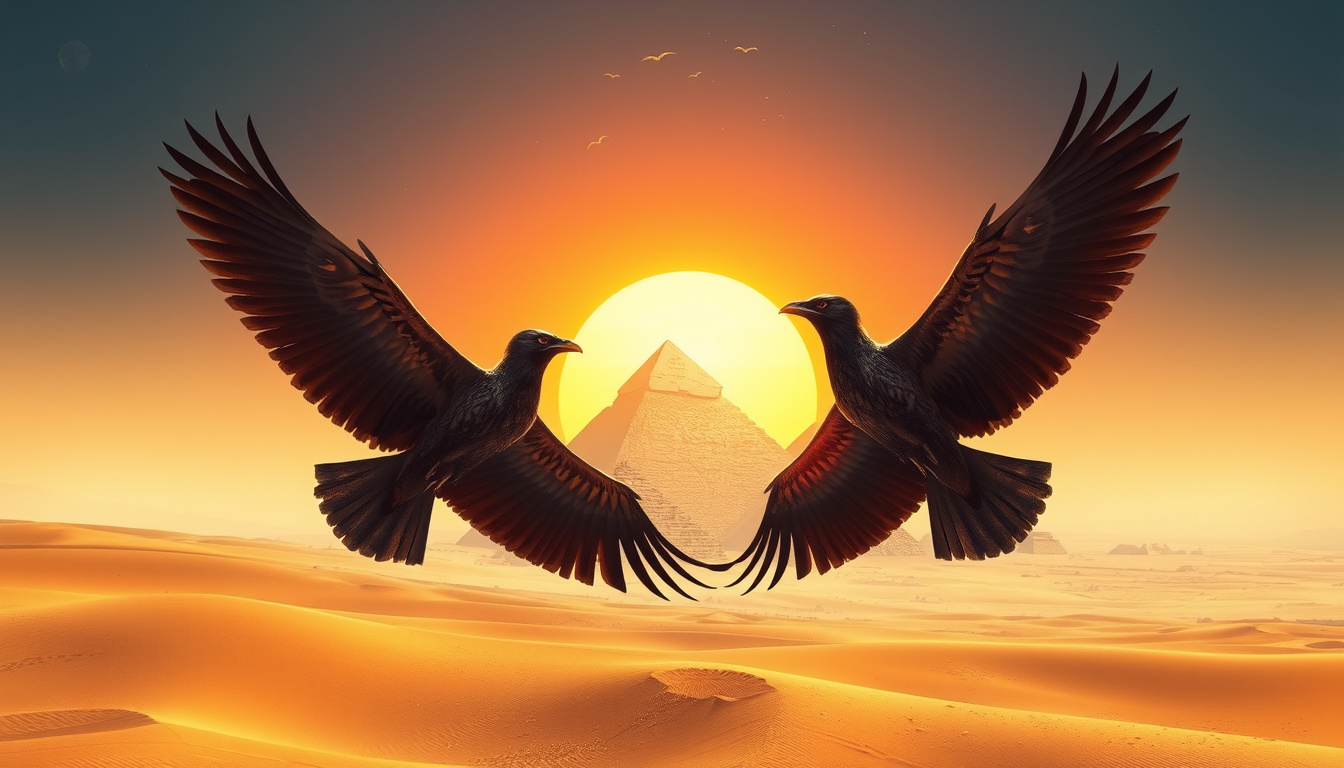Egypt, a land steeped in history and culture, is renowned not only for its impressive pyramids and vibrant cities but also for its diverse wildlife.
Among the fascinating avian species that once soared over this ancient land are the Ancient Egyptian merlins.
These remarkable birds, celebrated for their speed and grace, played a unique role in the daily lives and beliefs of the ancient Egyptians.
This article delves deep into the mysteries surrounding the Ancient Egyptian merlins, exploring their historical significance, biology and habitat, mythological connections, and the conservation efforts in place to protect these legendary birds today.
Whether you’re a history enthusiast, a birdwatcher, or simply curious about Egypt’s natural wonders, join us on this engaging journey into the skies of Ancient Egypt.


Biology and Habitat of the Ancient Egyptian Merlin
## Biology and Habitat of the Ancient Egyptian Merlin
The ancient Egyptian merlin is a fascinating bird of prey, renowned for its agility and hunting prowess.
Belonging to the falcon family, these birds exhibit remarkable adaptations that enable them to thrive in the diverse environments of Egypt.
Typically characterized by their slender bodies, pointed wings, and short tails, ancient Egyptian merlins are built for speed.
Their distinctive plumage often features intricate patterns of browns and grays, which provide camouflage against the backdrop of the arid Egyptian landscape.
In terms of habitat, the ancient Egyptian merlin is primarily found in open forests, grasslands, and urban areas, where they can take advantage of the abundant small mammals and birds that make up their diet.
These birds are known to nest in high tree branches or on cliff faces, giving them a strategic vantage point to scout for prey.
The adaptability of the ancient Egyptian merlin to different habitats—from the lush banks of the Nile to the rocky terrains of the desert—illustrates their ecological versatility and resilience.
Understanding the biology and habitat preferences of ancient Egyptian merlins is crucial for conservation efforts, especially given the pressures of habitat loss due to urbanization and agricultural expansion.
Conservationists are working to ensure that these majestic birds continue to flourish within the changing landscapes of Egypt.
Mythology and Symbolism of Merlins in Egyptian Culture
## Mythology and Symbolism of Merlins in Egyptian Culture
Merlins, often associated with mystical and ethereal qualities, hold a unique place in the tapestry of ancient Egyptian mythology.
While the term ‘merlins’ generally refers to a small species of falcon, the ancient Egyptians regarded these birds not merely as wildlife but as symbols woven into the essence of their cultural narrative.
In ancient Egyptian culture, merlins represent a link between the physical and spiritual realms, embodying the qualities of vision, freedom, and guardianship.
These birds were believed to be messengers of the gods, playing a crucial role in the interpretation of omens and divine communication.
For example, the presence of a merlin during specific times was thought to symbolize a favorable outcome or guidance in decision-making.
Furthermore, the ancient Egyptians often depicted merlins along with other sacred birds, reinforcing their status as creatures imbued with significance.
In art and hieroglyphics, the representation of merlins can be found alongside deities and pharaohs, showcasing their revered status in the spiritual hierarchy.
The symbolism associated with ancient Egyptian merlins transcends mere artistry; it reflects a profound appreciation for nature and the belief in the interconnectedness of all living things.
This perspective promoted reverence for wildlife and an understanding of the special roles they played in the natural and divine order.
The enduring legacy of these symbols continues to inspire modern interpretations of ancient Egyptian culture, inviting a deeper exploration of how the ancients viewed the world around them.
For travelers eager to delve into the mythology surrounding merlins and other revered animals, a journey to significant archaeological sites, such as the temples at Karnak or Luxor, can offer a glimpse into how these beliefs shaped not only their art but also their daily lives.
 November 2025
November 2025

